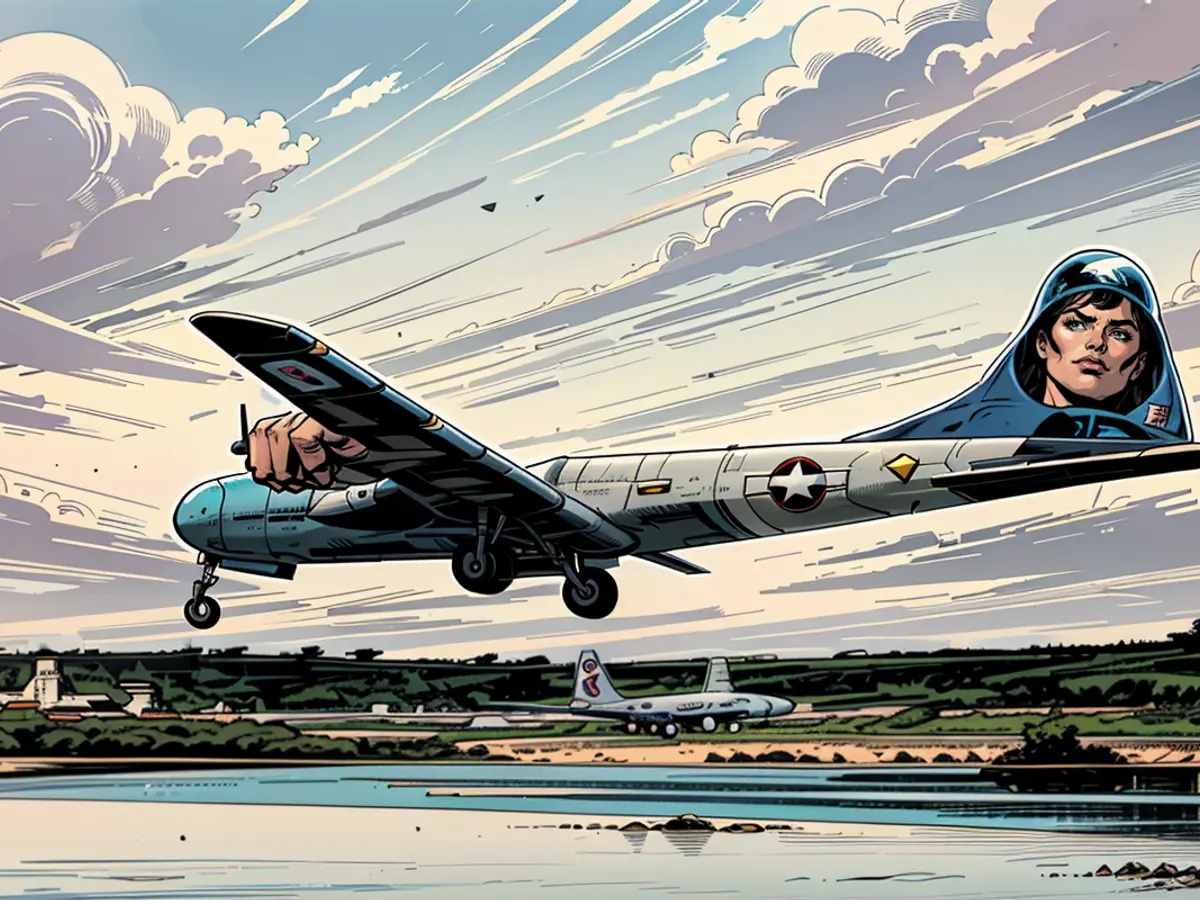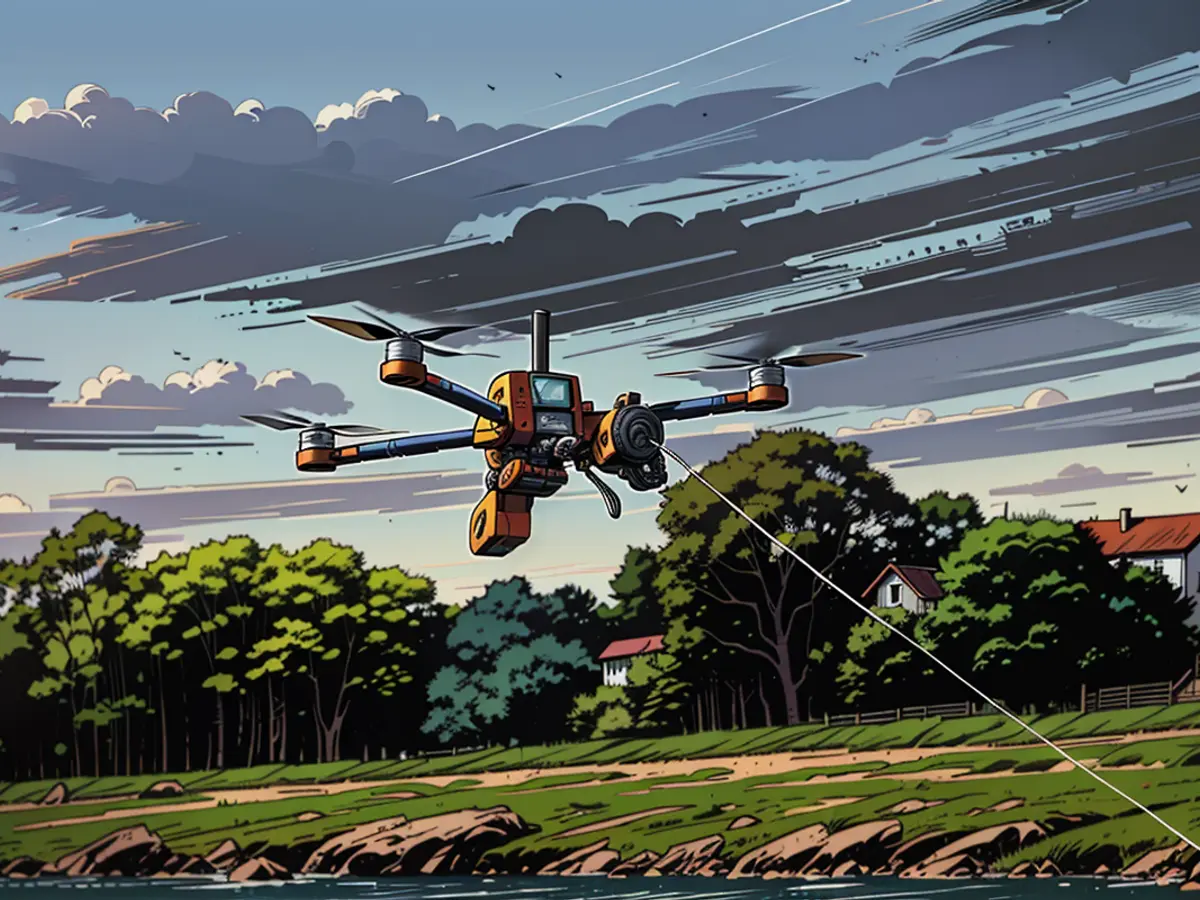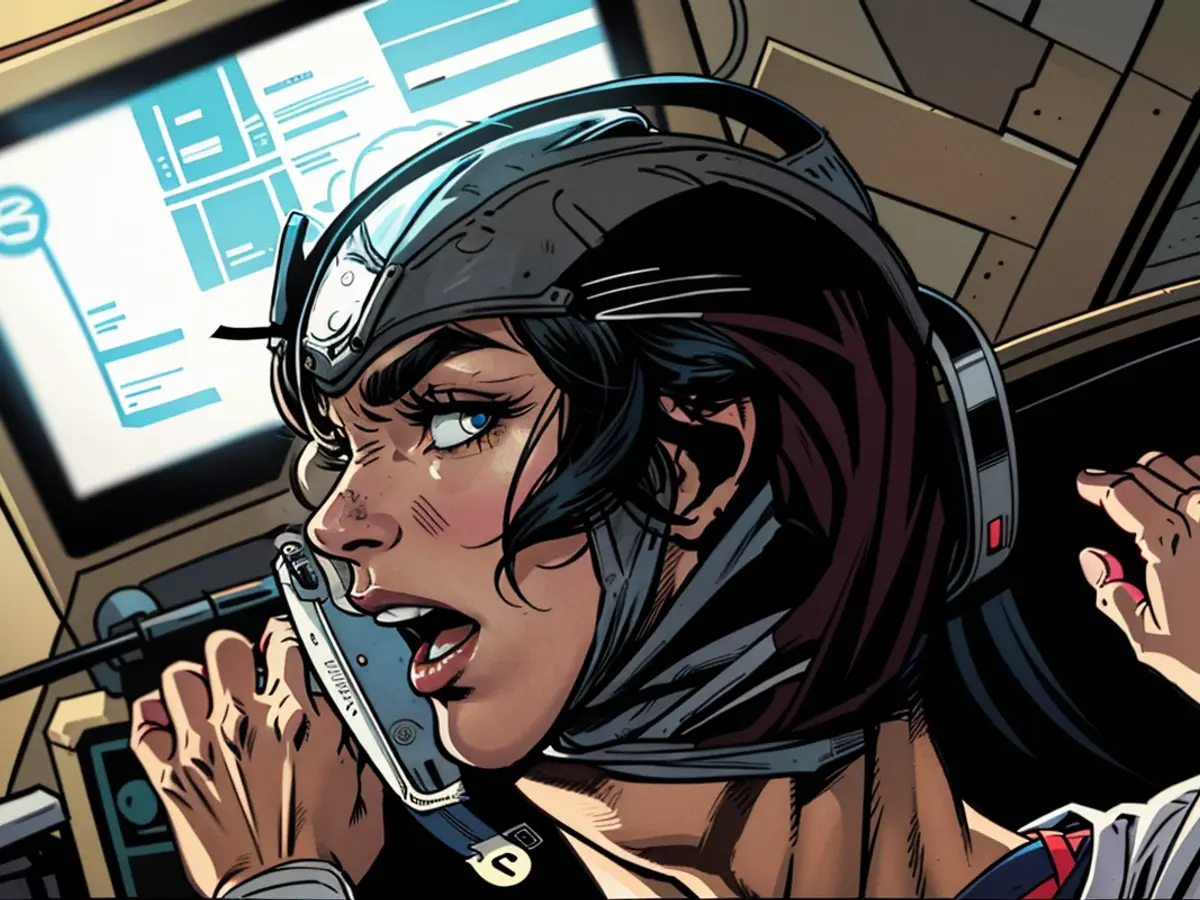- This aircraft, the Superbomber B-29, was instrumental in delivering the atomic bombs to Japan.
In Germany, interest in the B-29 Superfortress was notably lower than that for the B-17. This isn't surprising given that the B-29 was primarily used in Asia during the war. The only notable B-29, the "Enola Gay," gained notoriety, being the aircraft that dropped the atomic bomb "Little Boy" on Hiroshima, named after its commanding officer's mother.
The B-29 Superfortress was an impressive technological advancement, the most advanced bomber during World War II. Unlike its contemporaries, the B-29 was distinguished by its silver, sleek design. It was engineered with two main objectives: an astonishing long-range capability and extreme altitude. The B-29 was conceived in 1939, initially as a weapon against Germany, due to American concerns over Hitler's potential conquest of Europe and the British Isles.
Escaping Defenses
The B-29 was virtually undefendable. Flying at such high altitudes made it out of reach for most fighters and anti-aircraft guns. The crew required oxygen masks to survive, and hence, the B-29 was equipped with three pressurized cabins - a first in its time. The turrets with machine guns were remotely controlled, and the aircraft boasted strong 18-cylinder engines producing 2200 horsepower. The B-29 could carry an impressive nine tons of bombs, more than heavier armed B-17s on long-range missions.
The "Enola Gay" has been on display at the National Air and Space Museum in Chantilly since 2003. Jeremy Kinney, of the Smithsonian Institution, acknowledged, "The B-29 was a marvel of modernism." The restoration of the machine took twenty years. Kinney adds, "It was the most advanced propeller-driven aircraft seen at that time. But you have to consider the mission of the 'Enola Gay.' It was a bomber carrying a bomb capable of destroying a city."
The first B-29 flight took place in Seattle on September 21, 1942. The program accelerated rapidly, with Boeing building 2766 B-29s, Bell Aircraft Co. assembling 668, and Glenn L. Martin Co. constructing 536. Production ceased in 1946.
B-29s in Combat
The B-29s saw their first combat mission over Bangkok on June 5, 1944, to prepare for the Burma campaign. Japan couldn't be reached until the USA built airfields on the Mariana Islands. From there, the B-29s targeted Tokyo, with up to a thousand machines participating in the attacks. The B-29 was chosen for the atomic bombs since it was the only plane capable of carrying a 10-ton bomb.
The tail gunner of the Enola Gay, Staff Sgt. Robert Caron, witnessed the explosion over Hiroshima, stating, "I can still see it - that mushroom and that turbulent mass - it looked like lava or molasses covering the entire city, and it seemed to flow outward into the outskirts where the small valleys came into the plain, and all the fires started, so soon it was hard to see anything because of the smoke." Co-pilot, Capt. Robert Lewis, was reported to have muttered, "My God, what have we done?"
The 100,000 casualties, a conservative estimate, were unaware of their fate. The Americans anticipated minimal losses, assuming the Japanese would seek shelter in air raid shelters. In reality, no alarm was raised, as only two US aircraft were visible in the sky, leading the Japanese to believe it was a reconnaissance mission.
Obsolescence
The B-29 quickly became outdated during the Korean War. B-29s managed most bombing missions until the advent of the MiG-15, a second-generation jet fighter, considered the best of its time. In just five days, from October 22 to 27, 1951, MiGs shot down 11 B-29s. The end of the B-29 Superfortress era came swiftly as the MiGs improved their capabilities, with the US suffering heavy losses that October 30.
The B-29's long-range capability and high altitude made it an ideal choice for carrying nuclear bombs, with the "Enola Gay" being the most famous example, delivering the atomic bomb "Little Boy" to Hiroshima. The advancements in jet fighter technology during the Korean War, such as the MiG-15, ultimately rendered the B-29 obsolete.








